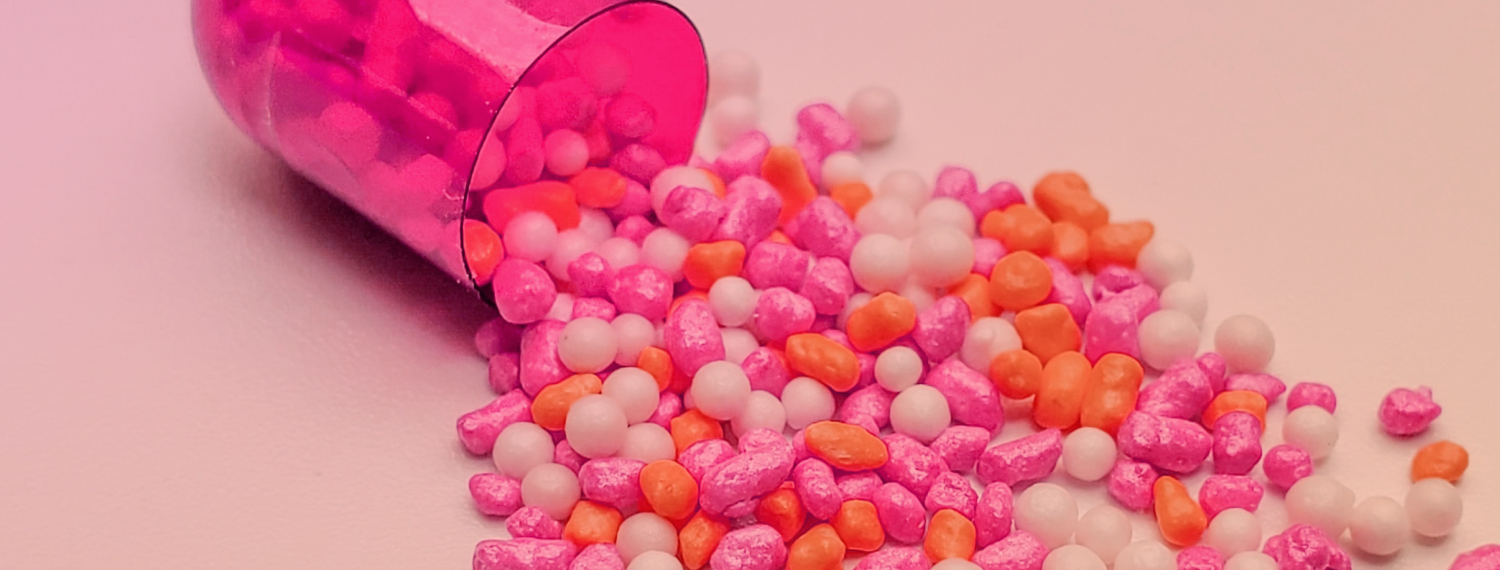Pharmaceutical pellets, small and spherical particles are made by accumulating drug substances (mainly in the form of fine powders and granules) and excipients with the help of many processing and advanced technologies.
Today the focus of many top drug companies is to manufacture pellets by implementing various drug formulation development processes. In this blog we talk about formulation development of pellet drugs, their benefits, and different pelletization technologies.
Formulation Development of Pellets:
Pellets formulation depends on a variety of factors. The formulation development is based on multiple unit control dosage forms which help in the uniform distribution of the active drug substance in the human body.
Factors of formulation development of pellets is described one by one as practised by the pellet manufacturers in India.
- Composition: One of the most important criteria to be considered, the composition of pellets controls the efficiency, stability, patient acceptability, and dosage flexibility. It is responsible for the release rate of the AP, absorption by the body, taste, smell, and texture.
- Size: This affects the compaction and drug release. The smaller size of pellet drug is preferable in pharmaceutical product development as it induces quick release and absorption of API due to the large surface area to volume ratio. Moreover, patients can easily swallow it. But, for pellet manufacturers and suppliers, it is a challenge due to production and packaging complexities.
- Shape: A pellet drug is usually elongated, rod-shaped, or spherical. Spherical pellets induce the immediate release of Active Pharmaceutical Ingredients (API). On the other hand, the elongated and rod-shaped pellets have a long-lasting release of the active drug substance. Also, spherical pellets are easy to swallow by the older population.
- Coating: It is a crucial step in pellets formulation. A thin layer of polymer coating material is applied for a variety of reasons. It is done primarily to increase the shelf life, to mask the taste and smell, stability, and appearance of the pellet drug.
- Excipients: An important component for drug formulation development. Excipients are necessary for patient acceptability of the pellet drug, apart from other key factors. It also helps in increasing the shelf life.
Benefits of Pellets:
- Dosage Uniformity: One of the supreme benefits of the pellet drug, the drug formulation development and pelletization technique help manufacture and modify the pellets to regulate the dosage.
- Prevention Of Dust Formation: Dust formation is a major concern in the pharmaceutical industry. It can be hazardous for the health of workers or consumers. If inhaled, it leads to respiratory issues, skin allergy, eye irritation, and many other health problems. Contamination of products can also occur due to dust. Manufacturing of pellets prevents dust formation and enhances safety.
- Fewer Side Effects: The top pharma companies in India manufactures pellets with no or few side effects. Due to dosage flexibility, the drug gets released uniformly reducing the chance of overdose and other side effects.
- Masks Bitter Taste: Pellets formulation includes a coating. This helps to mask the taste and smell that makes it palatable.
Pelletization Techniques:
Pelletization is the process to make pellet drugs. Pellet manufacturers and suppliers practice different pelletization techniques as per demand and feasibility. Most of the drug companies in India follow the extrusion-spheronization technique. There are other pelletization techniques that are also followed.
The extrusion- spheronization technique is implemented by some of the top pharma companies in India.
There are some simple steps that are followed:
- Mixing homogenously dry (mainly powder) active ingredients.
- Wet mixing until the plastic effect is there, is called the wet mass.
- Shaping the wet mass into a cylindrical shape (extruding).
- Shaping the small cylindrical entities into a spherical shape (spheronization).
- Drying the spheroids.
There is another technique hot-melt extrusion. This technique is the modified version of the extrusion- spheronization technique. Instead of dry powder of the active ingredients, liquid or semi-liquid form is used. Also, it does not have lengthy drying stages, hence efficiency is more.
Pellets are consumed in the form of capsules and tablets. India’s best pharma manufacturing companies are focussing on pellet drugs as they are highly in demand. Multiple benefits make it more reliable and safer.
Global Pharma Tek, one of the leading suppliers of pharmaceutical raw materials actively sources pharmaceutical pellets from the best pellet manufacturers and suppliers. We offer a variety of pellet drugs with on-time delivery guaranteed. Our team has extensive potential and expertise to manage the entire process, from sourcing to delivery.

